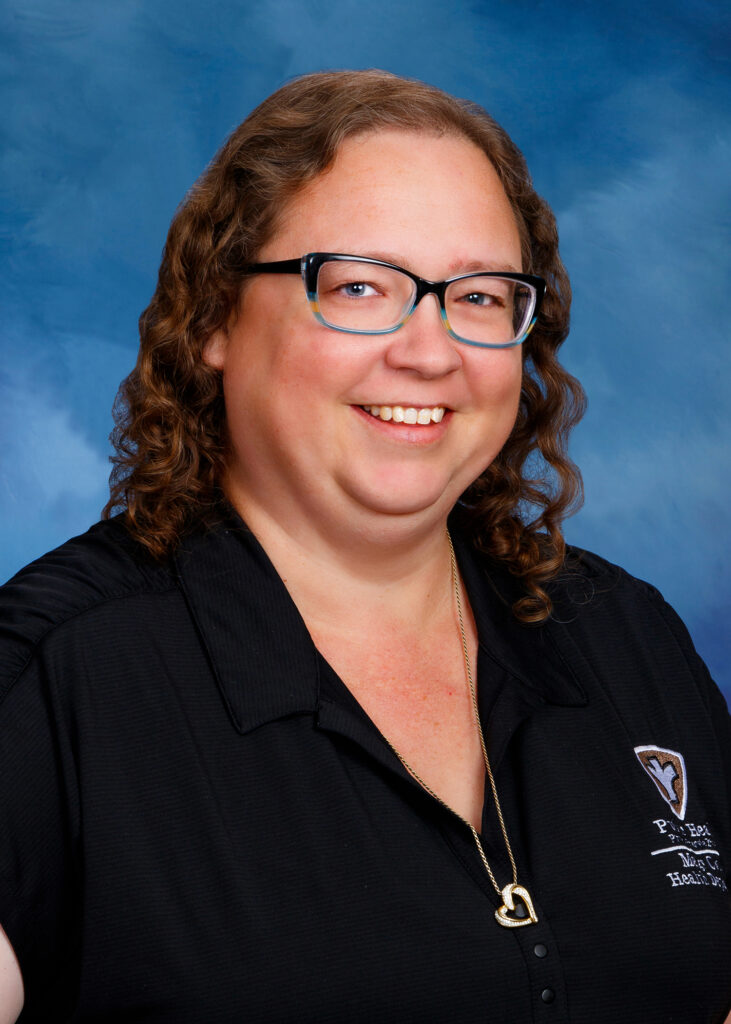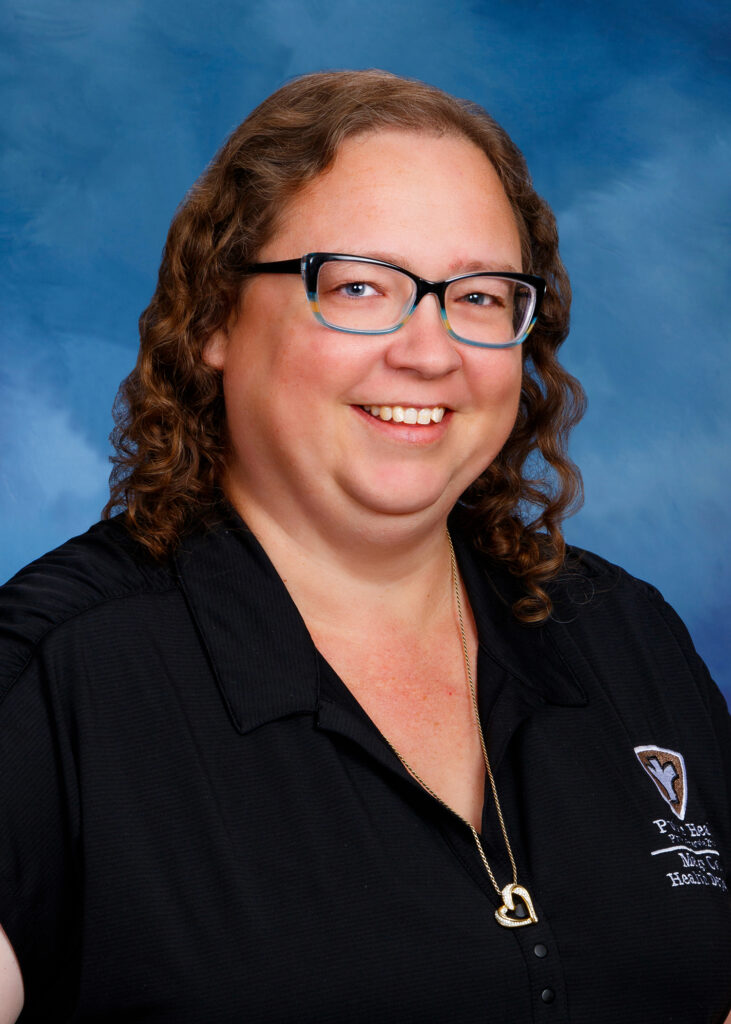Meigs Health Today What is health literacy?

Personal health literacy is the degree to which individuals have the ability to find, understand, and use information and services to inform health-related decisions and actions for themselves and others.
Organizational health literacy is the degree to which organizations equitably enable individuals to find, understand, and use information and services to inform health-related decisions and actions for themselves and others.
These definitions, which were updated in August 2020, with the release of Healthy People 2030 initiatives, demonstrate that it’s important to “Eliminate health disparities, achieve health equity, and attain health literacy to improve the health and well-being of all.”
The people at greatest risk for issues with health literacy include those unfamiliar with medical terms or how the body works, older adults, people who have difficulty reading, and those that don’t speak English. People dealing with a serious illness or condition often have fear and confusion that can also cause problems with health literacy.
There are a number of ways to improve health literacy. The health care organization can provide or present information or answer questions in easy-to-understand terms. Community Health Workers can help bridge the gap of understanding with counseling and referrals or by advocating for the patient. The patients themselves can assist with health literacy issues by being willing to ask questions.
The benefits of health literacy include a decrease in unnecessary emergency room visits and preventable hospital stays and readmissions, increased patient satisfaction, and increased management of chronic conditions.
Health literacy is necessary so that people can make informed decisions about their healthcare needs.
Information in this article is provided by the Centers for Disease Control (CDC) and Healthy People 2030.

Michelle Willard
Accreditation Coordinator/Plan and Policy Compliance Officer/Deputy Registrar








